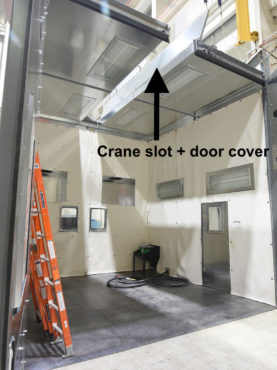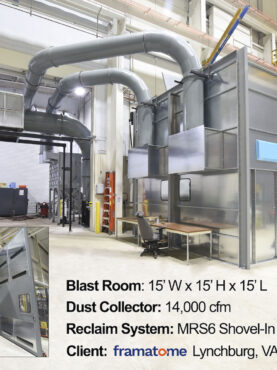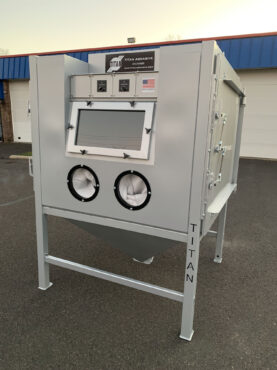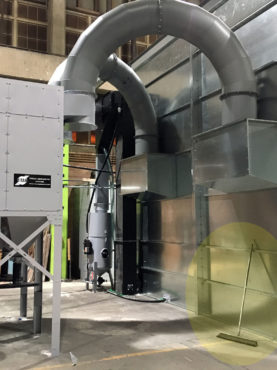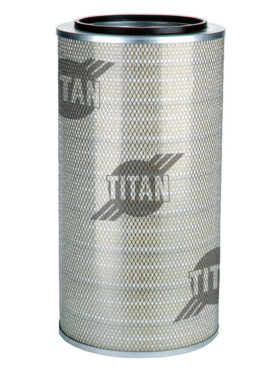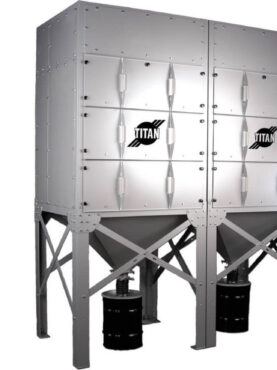

The Pros and Cons of Blasting In-House versus Outsourcing
The parts you sent out for abrasive blasting are late again. You’re on the phone tracking them down and their ship date — while sweating bullets because you’re on a tight deadline with your customer.
Or, the parts arrive on the promised date but you immediately see problems: the surface prep wasn’t done to spec or a couple of the parts have been damaged in transit.
It’s these times when you think, “Why aren’t we doing this operation ourselves?”
Blasting in-house definitely has its advantages — including product quality, shorter lead times, and economic savings — but before you call Titan to quote you a blast room or blast cabinet, first consider the following pros and cons of blasting in-house.
Do you have the space for a blast room?

If you’re considering a blast room, you’ll need an area large enough to house the enclosure and its associated equipment (blower, dust collector, media reclaim, etc.). When taking a walk around your facility, pay attention to the ceiling height, obstructions, electrical, bridge crane, where the power will be located, etc.
And, since blast rooms are noisy, with decibel levels of 112 to 119 dBA, you’ll want to locate yours away from open production areas, offices, or reception areas.
Part size also plays a consideration in the size and location of your blast room. For example, will you need drive-through doors? If yes, then you’ll need a large enough space for the doors to fully open and entry / egress clearance for the part.
If your facility is too small, but you can justify the cost of a blast room, you can add an addition the way Bolt Construction did for their Paint & Blast Shop.
Is a blast cabinet a better option?
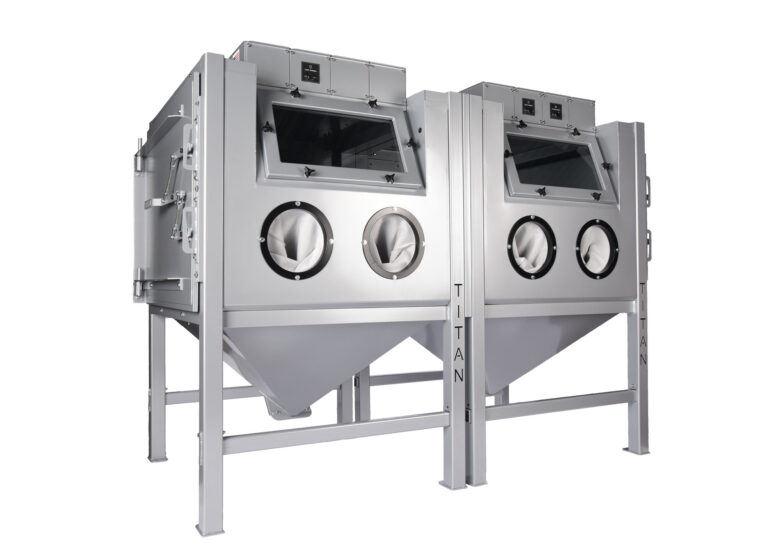
If you’re working with smaller parts, a blast cabinet is a cost-effective solution for blasting in-house. Because they’re relatively small, and also portable, blast cabinets can be tucked away in a corner (or wherever you have room) in your plant.
A blast cabinet is much quieter than a blast room and easier to use — while giving you full control over product quality and lead times.
You can also customize your blast cabinet to your application, including bolting two cabinets together for longer parts.
The Titan 9648 blast cabinet (pictured) uses the same 3 cubic foot pressure vessel, media reclaim system, and Titan’s Small Cartridge Dust Collector — eliminating having to purchase two complete systems. Bolting can be done at the factory or by you once the cabinets are delivered. (Learn more about other customizations.)
Costs versus savings
Setting up your own blasting operation will cost you — whether you purchase a blast room or blast cabinet. You also have to consider ongoing costs for abrasive media, protective gear, and regular maintenance (replacing hoses, blast nozzles, cartridge filters, etc.).
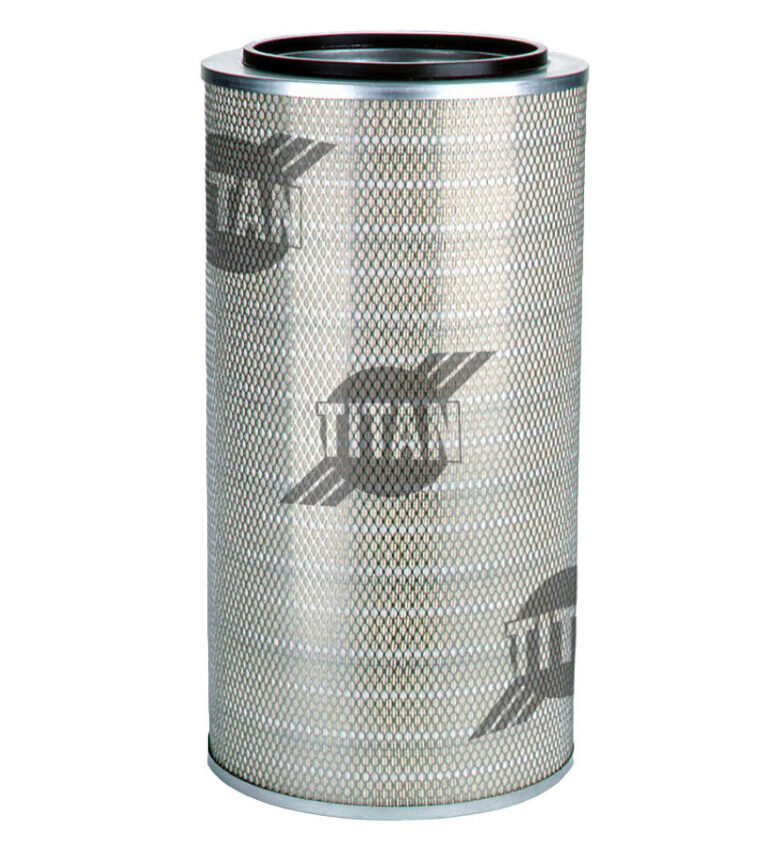
But you’ll also save money in many areas, including:
The actual blasting — The cost-savings analysis will depend on how many parts you blast and how often, plus the complexity of your blasting procedure.
Blast media — You buy direct versus paying a vendor’s marked up materials costs.
Shipping and handling — While you’ll still pay for shipping and related costs to transport parts to your customers, you won’t have to pay to ship to and from a vendor’s facility — so right there is a huge savings.
Parts damage / missed due dates — These cost savings are based on your business, contracts with customers, etc. Knowing you can meet your customers’ schedules definitely reduces stress.
Have additional questions? Titan President Brandon Acker can help you decide if you should move your blasting in-house. Call the Titan office at 215-310-5055 or email sales@titanabrasive.com.
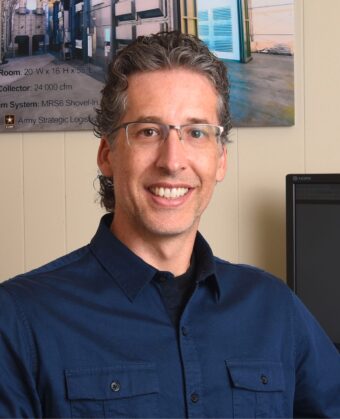
Brandon Acker: President
Brandon purchased Titan Abrasive from his uncle and founder in 2013. Titan has since redesigned its entire product line to solve dozens of industry challenges.
Brandon purchased Titan Abrasive from his uncle and Titan founder, Bruce Maurer, in 2013 after spending five years learning the ins and outs of the business. He and VP of Engineering Brian Fox have completely redesigned the entire product line to solve the dozens of challenges that have plagued the blasting industry for decades.
Brandon is passionate about American manufacturing, the jobs it creates, the quality produced, and the bright future that lies ahead. He’s a frequent guest on manufacturing podcasts where he shares his deep industry expertise. Brandon holds a Bachelor of Science degree from Arizona State University.


